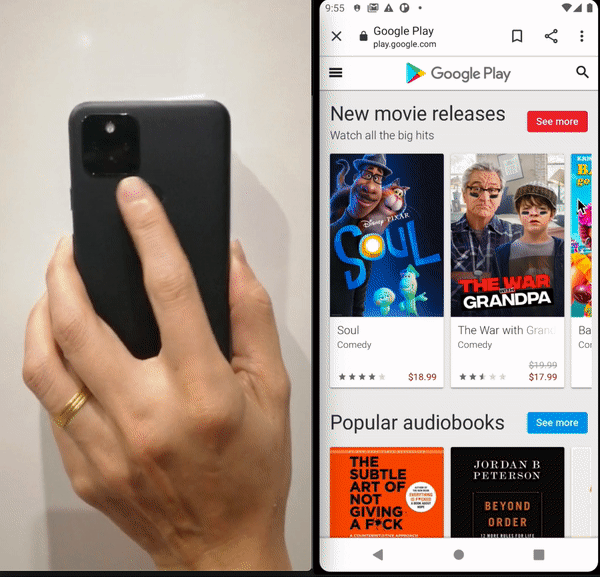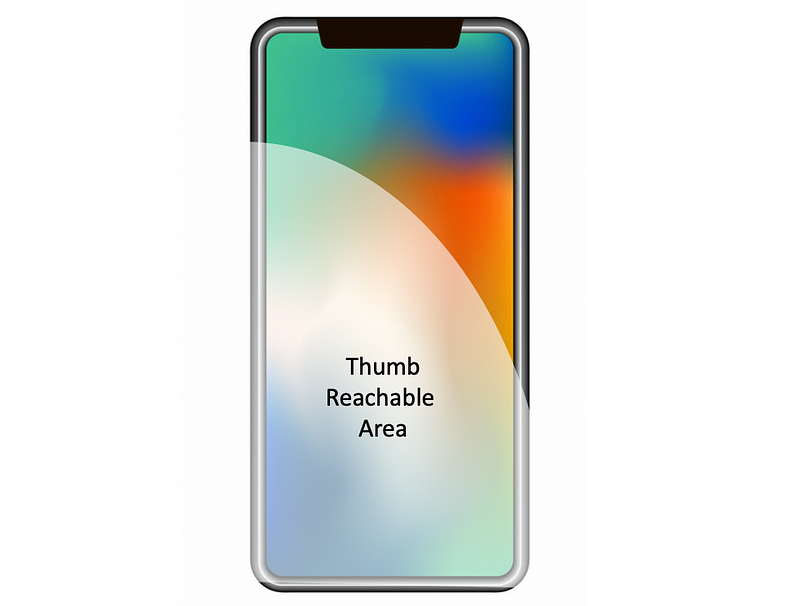Innovative Touchpad Integration: Revolutionizing Phone Interaction
Written on
Chapter 1: The Evolution of Smartphone Interaction
In the rapidly changing landscape of smartphones, recent upgrades have sparked significant interest. I recently transitioned from my older Samsung S7 to the latest Google Pixel 5, which features an innovative fingerprint sensor located on the rear of the device. This design offers remarkable convenience, allowing me to activate the phone without needing to employ my other hand.
However, unlocking the phone still requires a finger to touch and swipe on the sensor, which somewhat undermines the convenience of one-handed use. While it's feasible to use your thumb for scrolling through various content, this method has its limitations.

Certainly, many users rely on their thumbs to navigate, but this approach restricts visibility on the screen. The thumb can only access a limited area, primarily the lower section of the display, and may struggle to reach higher points depending on whether the phone is held in the left or right hand.
Chapter 2: Introducing the Touchpad Feature
Now, let’s explore the concept of incorporating a touchpad on the back of the smartphone. While touchpad technology isn't entirely new, integrating it onto the rear of the device could unlock fresh avenues for user interaction.

Utilizing a finger on the rear touchpad to control the phone is an intriguing idea. The potential benefits are numerous:
- Enhanced One-Handed Functionality: Unlike the limitations of thumb navigation, a rear touchpad could allow users to access nearly any part of the screen, much like a mouse cursor on a computer. The pointer could disappear when not in use, ensuring that the display remains unobstructed.
- Improved Accessibility: Users could interact with their devices without their fingers blocking essential content, opening up possibilities for more engaging gameplay and user-friendly accessibility features.
- Versatile Input Options: The touchpad could work in conjunction with other inputs. For instance, if the thumb were placed on the touchpad, it could function similarly to a shift key, enabling faster capitalization of letters.
- Convenient Selfie Taking: This feature could also serve as a natural trigger for selfies, eliminating awkward hand positions or reliance on timers.
Ultimately, the thumb's primary role is to hold the device, while the index finger is designed for precise control. By adding a touchpad to the back of the phone, we could fully utilize the index finger's capabilities, enhancing the overall user experience.
My hope is that this concept will someday become a reality. If there are any employees from Google, Apple, Samsung, Xiaomi, Oppo, Vivo, Huawei, realme, or even legacy brands like Nokia and Motorola reading this, your support in sharing this idea could lead to exciting advancements in smartphone technology!
The first video titled "Always show touchpad on phone with Samsung DeX even when a mouse is connected" discusses how to maintain touchpad functionality while using a mouse with Samsung DeX.
The second video, "PC Controller | Turn Your Phones into mouse, keyboard and Game Controller!", demonstrates how smartphones can be transformed into versatile control devices, enhancing their usability.